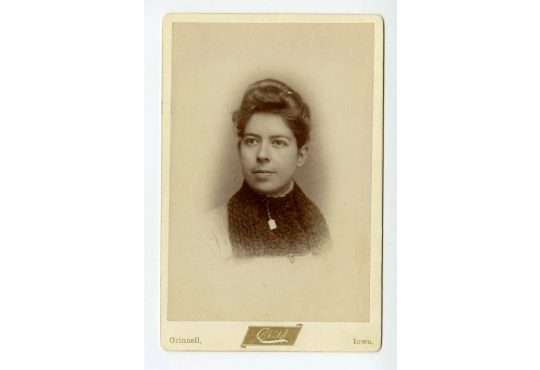“Femvertising” is a positive change in ads: women need to see realistic beauty expectations in the media
In the past few years, one advertising technique has become increasingly popular, standing out from the rest: commercials geared toward women and girls.
“Femvertising,” a phase coined in October at N.Y.’s AdWeek 2014 conference, describes a type of mostly video advertising aimed at women that contains positive and forward-thinking messages, rather than the shallow, unrealistic themes that other brands have used for decades.
It is now common knowledge that many brands have stooped to photoshopping, use of models and downright pressure to convince women to buy their products.
Despite the fact that these companies have been criticized for their marketing strategies, opening any popular magazine will tell you that it is still as prevalent as ever.
Femvertisements, however, are often shot in a short documentary style, and filled with inspirational slogans, making it a genre of its very own. Femvertising challenges the status quo of imposing idealistic beauty standards and instead inspires women to fulfill their whole potential as an equal human being.
Some of the most popular users over the years have been Dove, Always, Hanes and Nike. More recently, other brands that are trying this method are Under Armour, Covergirl and even Verizon Wireless.
It is clear that this type of ad is successful as simple entertainment in our society; many of these commercials have actually gone viral, with millions of views on their YouTube videos.
The comments on these videos—while Internet comments are notorious for negativity—also contain remarkably postitive feelings towards the message the ads convey.
“My friends and I would send all the links to the latest Dove commercial to each other,” a first year at the University said. “They made us feel so inspired—gave us chills!”
Oftentimes, the brand that produces these commercials is added as an afterthought, a small logo appearing only at the end, or a short phrase about the company tacked on. With such minimal brand-visibility, some people wonder: is this a profitable form of advertising?
The answer is “yes.”
According to a September 2014 survey conducted by SheKnows, a website for women’s lifestyles, 52 percent of women have purchased a product because they like how the brand and its advertisements portray women.
Not only is this an effective method for companies to increase their sales, but it is an important cause and should be continued. The SheKnows survey also found that 91 percent of women believe advertising has a direct effect on girls’ self-esteem and 81 percent stated that it is important for younger generations to see these pro-women advertisements.
In an ideal world, women would support pro-women companies by buying their products and in turn would receive the respect and representation that they deserve from said corporations.
However, these companies should take the extra step and use their abundant resources to help causes that empower women as well.
It is vital that advertisements start sending a message that women are strong and unique individuals who should not be held to an unrealistic standard or treated unequally.
But beyond this, corporations who “femvertise” should be held reliable to stand behind these statements and put their money where their mouths are. The cycle of consumers supporting a company they believe in, and charities in turn getting financial support should be established and maintained.
According to The Wall Street Journal, a majority of consumer purchases are made by women, so it seems that “femvertising” is not going anywhere.
If this trend continues in such a positive way, and companies are willing to aid the corporations that embody the messages of their commercials, this is surely a change for the better.






